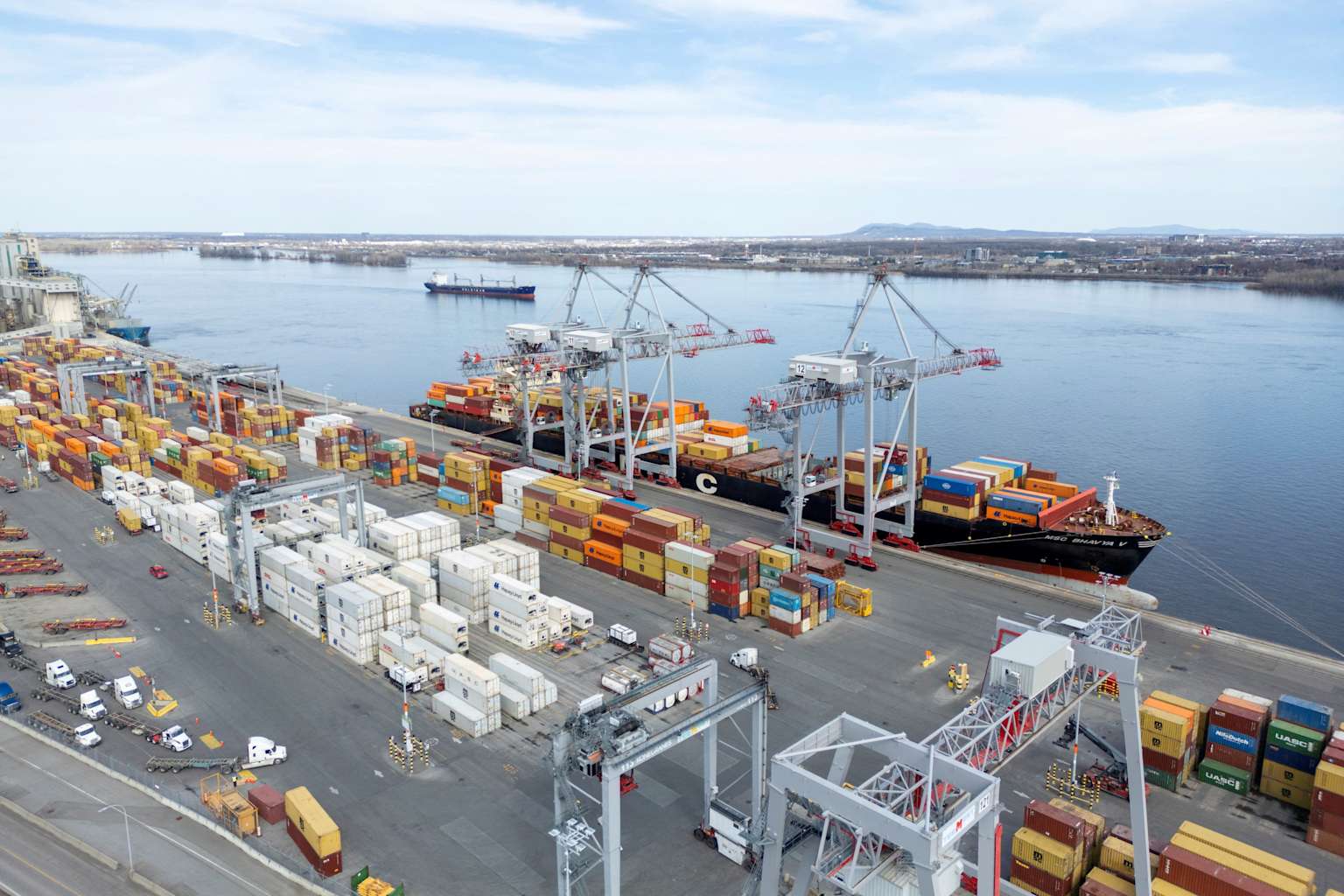- Trade Balance Shows Improvement
- Record Deficits Follow Tariff Implementation
- Context of Trade Tensions
Canada's trade deficit narrowed to C$5.9 billion in May, offering relief after the country posted its largest merchandise trade shortfall on record the previous month, Statistics Canada reported Thursday. The improvement came as exports rose 1.1 percent while imports declined 1.6 percent, reversing a troubling trend that had seen trade performance deteriorate sharply amid escalating tariff disputes with the United States.

The May figure represents a notable pullback from April's record deficit of C$7.6 billion1, when Canada experienced what one economist described as a complete collapse in trade flows. The narrowing deficit suggests Canadian exporters may be beginning to adapt to the new trade environment, though the country remains far from the trade surpluses it enjoyed earlier this year.
According to Statistics Canada, the monthly improvement reflects both stronger export performance and reduced import demand1. The data matched market expectations, with analysts having forecast exactly the C$5.9 billion deficit that materialized2.
The recent trade struggles began in earnest this spring as tariffs took effect between Canada and its largest trading partner. In April, Canada posted what Statistics Canada called its largest merchandise trade deficit on record1, as exports fell 10.8 percent while imports dropped 3.5 percent.
Katherine Judge, executive director and senior economist at CIBC Capital Markets, characterized April's numbers as "really bad" in an interview with CityNews. "Essentially trade has totally collapsed," Judge said2. "Obviously the U.S. is our biggest trading partner, so it didn't really matter that trade with some other countries increased."
April marked the first full month of tariffs between the two countries and included new levies on the automotive sector2. Canada's merchandise trade surplus with the United States shrank to C$3.6 billion in April, the smallest since December 2020, as exports to the U.S. fell 15.7 percent2.
The deteriorating trade relationship represents a sharp reversal from earlier in 2025, when Canada posted a trade surplus of C$4.0 billion in January1. That figure had been the largest since May 2022 and came as both countries saw record export and import levels.
The trade tensions have forced Canadian businesses to seek alternative markets, with some success. In March, while exports to the United States fell 6.6 percent, shipments to non-U.S. markets surged 24.8 percent2.
Judge's assessment underscored the challenge facing Canadian policymakers: "I think this just exemplifies how dependent we are on the U.S. and also how difficult it will be to diversify our trade base away from the U.S."3



